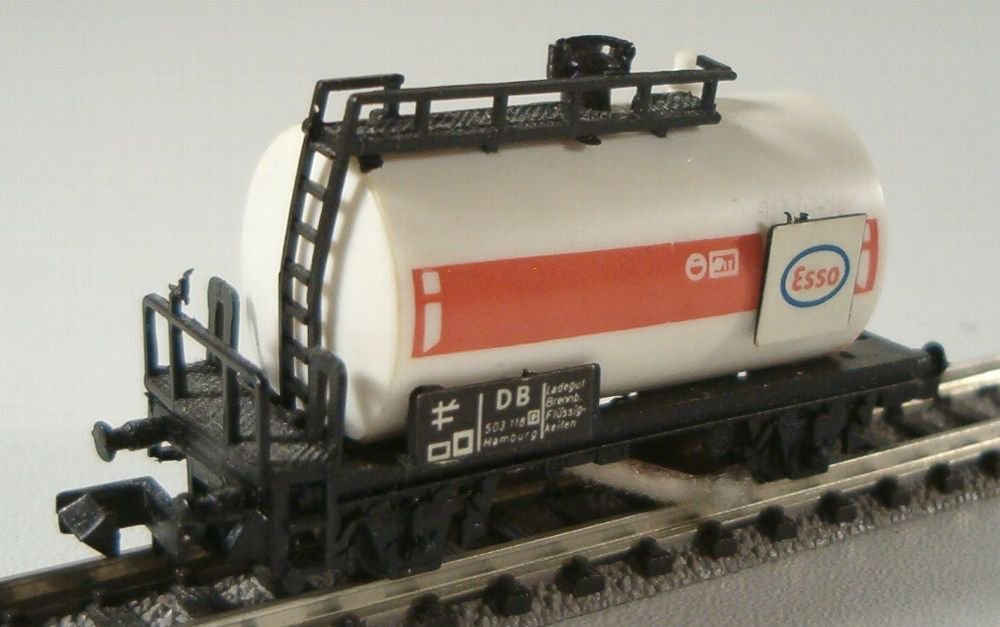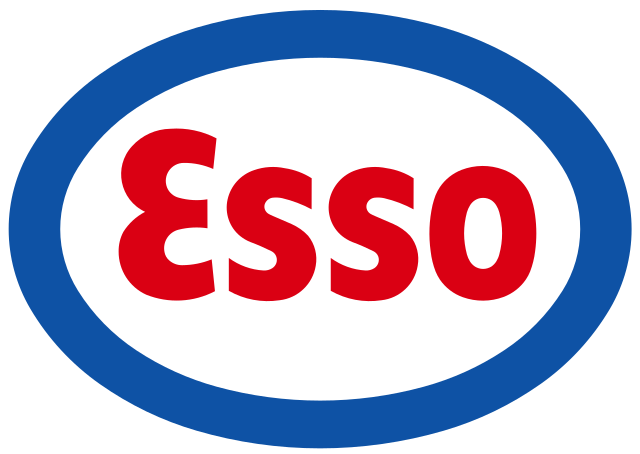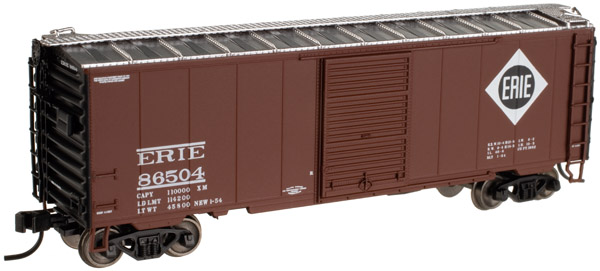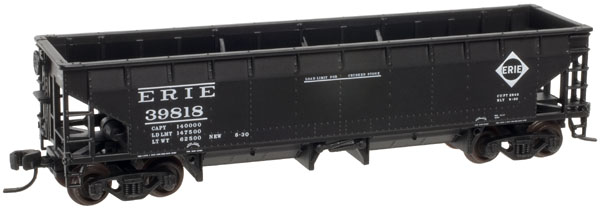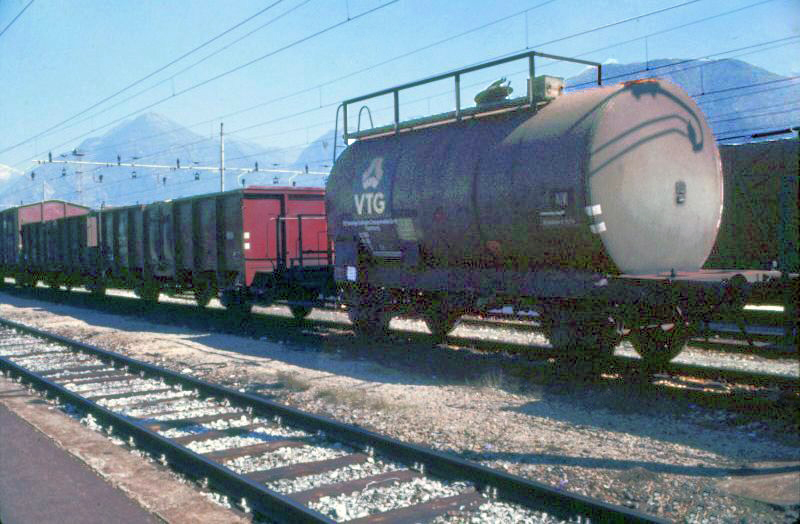Specific Item Information: Car is in a Herkat box marked Made In W. Germany; instructions in the box show Herkat Nurnberg. Car has a removable plug on top for adding track cleaning fluid which migrates to saturate the felt pad beneath the car.
Model Information: Arnold introduced these cars in the 1960s. They appear in the 1966 catalog and are described as follows: "These tank cars are models of privately owned cars belonging to various oil companies. The model of four wheel tank cars have plastic super structures and burnished metal chassis. There are sprung automatic couplers at both ends. The needle point steel axles run in journal boxes with imitation steel springs."
Herkat has used this body style to manufacture track cleaning cars which have been imported by both Kato and Con-Cor.
Personally, I find the glued-on placards to be really cheesy, and make an otherwise nice model to look quite amateurish. Arnold could have done better.
Herkat has used this body style to manufacture track cleaning cars which have been imported by both Kato and Con-Cor.
Personally, I find the glued-on placards to be really cheesy, and make an otherwise nice model to look quite amateurish. Arnold could have done better.
Prototype History: Tank cars are a railroad staple. They have been around since the first half of the 20th century. These railcars carry a wide array of commodities, including liquid fertilizers, chemicals, fuel oils and asphalt, and food-grade oils. Tank cars can be pressurized or non-pressurized, insulated or non-insulated. Single dome cars carry only a single commodity at once. Food-service tank cars may be lined with stainless steel, glass, or plastic. Tank cars carrying dangerous goods are generally made of different types of steel, depending on the intended cargo and operating pressure. They may also be lined with rubber or coated with specialized coatings for tank protection or product purity purpose. The tank heads are also stronger to prevent ruptures during accidents.
Road Name History: Esso is a trading name for ExxonMobil. Originally, the name was primarily used by its predecessor Standard Oil of New Jersey after the breakup of the original Standard Oil company in 1911. The company adopted the name "Esso" (the phonetic pronunciation of Standard Oil's initials, 'S' and 'O'), to which the other Standard Oil companies would later object.
Standard Oil of New Jersey started marketing its products under the Esso brand in 1926. In 1972, the name Esso was largely replaced in the U.S. by the Exxon brand after the Standard Oil of New Jersey bought Humble Oil, while the Esso name remained widely used elsewhere. In most of the world, the Esso brand and the Mobil brand are the primary brand names of ExxonMobil, while the Exxon brand is used only in the United States alongside Mobil.
Standard Oil of New Jersey started marketing its products under the Esso brand in 1926. In 1972, the name Esso was largely replaced in the U.S. by the Exxon brand after the Standard Oil of New Jersey bought Humble Oil, while the Esso name remained widely used elsewhere. In most of the world, the Esso brand and the Mobil brand are the primary brand names of ExxonMobil, while the Exxon brand is used only in the United States alongside Mobil.
Manufacturer Information:  Herkat Modellbahn is a German manufacturer of specialty modeling parts. They produce reed switches, cabling, electronic parts as well as specialty rolling stock for track cleaning. Their track-cleaning cars in N scale have been imported by Con-Cor with branding from both companies.
Herkat Modellbahn is a German manufacturer of specialty modeling parts. They produce reed switches, cabling, electronic parts as well as specialty rolling stock for track cleaning. Their track-cleaning cars in N scale have been imported by Con-Cor with branding from both companies.

Item created by: gdm on 2017-04-25 19:56:28. Last edited by gdm on 2017-04-25 20:21:54
If you see errors or missing data in this entry, please feel free to log in and edit it. Anyone with a Gmail account can log in instantly.
If you see errors or missing data in this entry, please feel free to log in and edit it. Anyone with a Gmail account can log in instantly.


